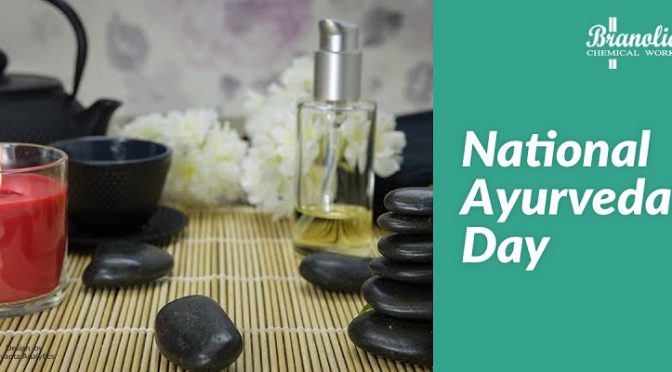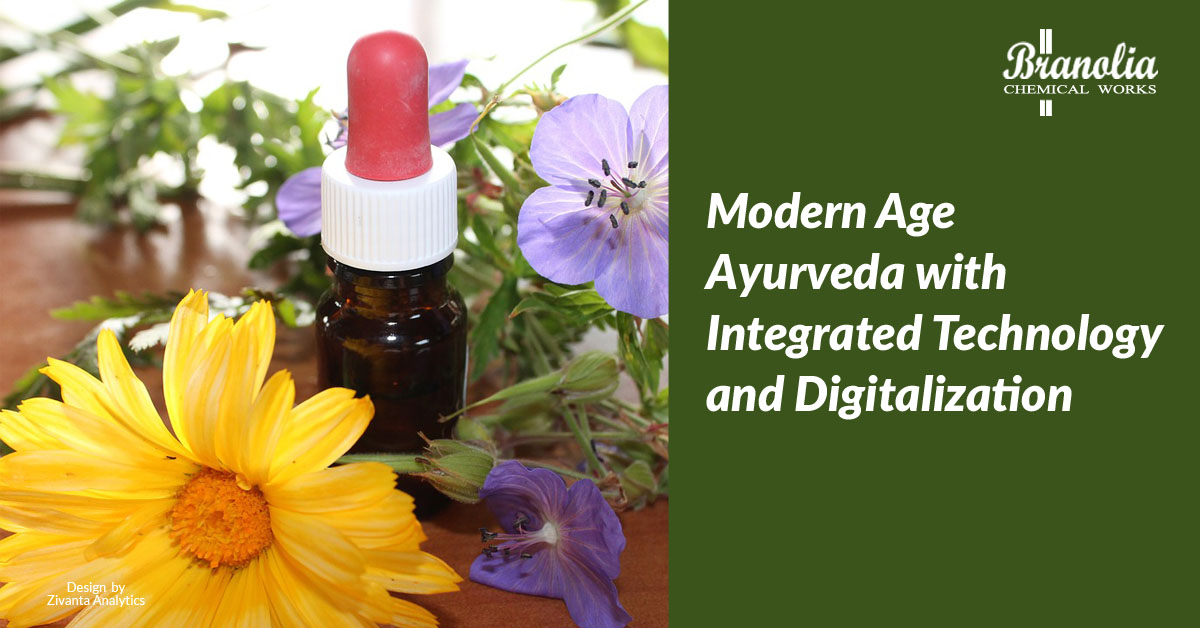
The skin is one such organ of our body that reflects the true condition of our health. Our entire body is sheathed in the largest sense organ which is transparent to any disturbance aggravating in our body. The liver is the seat of detoxification in our body and the healthy functioning of the liver is the secret behind flawless skin. Ayurveda endows Kalmegh and Triphala extracts in Livonia, one of the premium products of Branolia Chemical Works, to foster proper liver metabolism. Another product from the house of Branolia Chemical Works, Bellytone, is a tonic which improves digestion. Thus it can be rightfully said that a healthy outside starts from being healthy inside.
Ayurveda and Skin
Ayurveda asserts the concept of Doshas. It vividly describes that these are biological forces influencing our body’s constitution, our emotional state of mind and our spiritual overview. So it becomes pertinent that the doshas govern some of our external features as well, like the skin. Our body comprises the tridoshas, Vata (the influence of space and air), Pitta (influence of fire and water) and Kapha (influence of water and earth). People possessing the Vata constitution have dry and chapped skin. This skin type is subjected to dehydration. People having the Pitta constitution have more sensitive skin which is oily and prone to skin breakouts. The reddish tinge reflected on the face is also identified with Pitta skin. The Kapha constitution fosters a thick, moist skin that is resistant to the scorching heat.
Each skin type manifests a sophistication of its own and these skin textures require treatments that suit their characteristics as well. Ayurveda is well equipped with remedies that can address skin problems of every kind. Branolia Chemical Works does its duty of upholding the principles of Ayurveda.
A Relevant Connection between the Gut and the Skin
The proper functioning of the bowels is one of the underlying factors which determine the health of the skin. Acne, pimples, redness of the face are different manifestations of skin infection. The quality of food, whether it is nutritious or a crash diet determines our digestive mechanism. This dietary imbalance causes strained bowel movements that facilitate re-absorption of toxins into the blood through the large intestine. This can often cause the skin to break into pimples. Reduced production of essential digestive enzymes diminishes the absorption of fats and proteins from food. This leads to dry and dull skin, thus initiating eczema or psoriasis. However, Branolia Chemical Works takes upon itself the responsibility of establishing a healthy gut-skin relation by manufacturing two of its products, Bellytone, and Livonia. Bellytone enriched with Sonapata, Haritaki, Ajowan, and Teori enables good digestion. Liver metabolism, on the other hand, comes under Livonia’s domain, the Ayurvedic tonic endowed with Triphala and Kalmegh extracts which restore proper functioning of the liver.
Two herbs present in the products of Branolia Chemical Works that nourish the skin:
Amlaki
The Indian gooseberry acquires multifarious utility in the field of Ayurveda. Owing to the presence of Vitamin C and various anti-oxidants, it rejuvenates the skin making it more appealing to the eye. Hints of Amlaki extracts are present, along with Haritaki and Bibhitaki in Livonia, which is one of the exclusive products manufactured by Branolia Chemical Works, aimed at restoring proper digestion.
Ashwagandha
One of the ingredients of Branolia’s Honey Guard which is characterized by its anti-bacterial and anti-microbial properties acts as a constraint to acne and pimples. The heavy concentration of antioxidants in Aswagandha shields the skin from free radicals thus fostering radiant skin.
Ayurveda’s nutrient-rich herbs have been long sought for by people and these herbs have built the foundation for a healthy metabolism. Ayurveda also furnishes emollient concoctions and its extensive range of edible herbs provides nourishment to the body which in turn augments our face value.

















